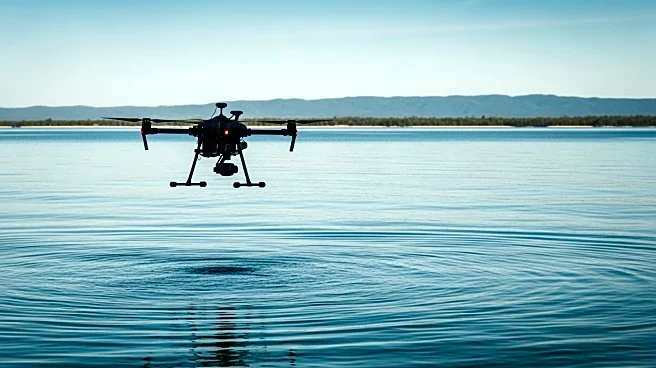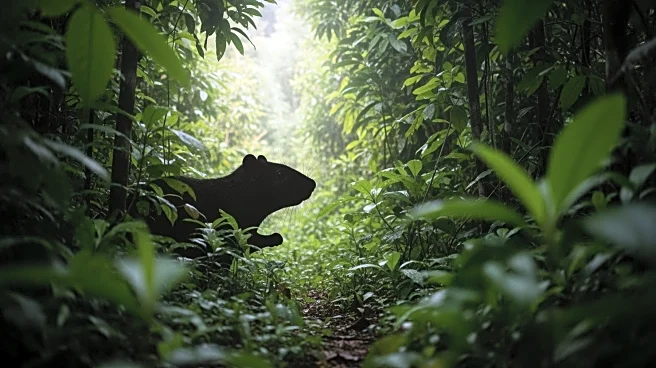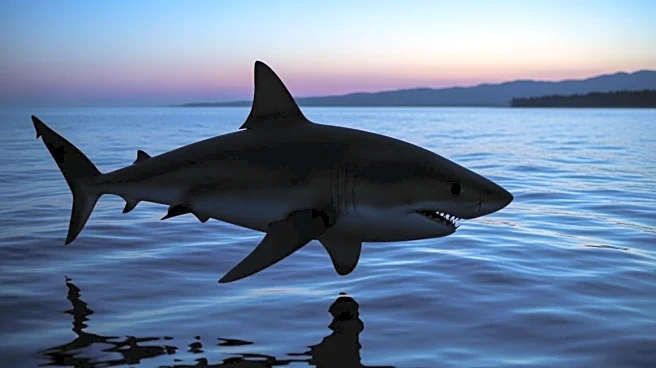What's Happening?
A study has demonstrated the effectiveness of using unmanned aerial vehicles (UAVs) to monitor juvenile sicklefin lemon sharks in the remote marine nurseries of Dongsha Island. The dual-UAV strategy allowed
for high-resolution, seasonal monitoring, revealing consistent use of the island's shallow habitats by juvenile sharks. The study found no significant difference in shark abundance between summer and winter, although spatial distribution varied with environmental conditions. The research highlights the role of Dongsha Island as a critical nursery area, with implications for conservation planning.
Why It's Important?
The use of UAVs in ecological monitoring represents a significant advancement in conservation technology. UAVs provide a non-invasive, efficient method for collecting data in remote or challenging environments, offering insights into the spatial and temporal dynamics of shark populations. This technology can enhance conservation efforts by informing habitat-specific management strategies and identifying critical areas for protection. The findings underscore the importance of preserving diverse habitats to support the life stages of marine species, contributing to broader biodiversity conservation goals.
What's Next?
The study suggests integrating UAV monitoring with other methods, such as acoustic telemetry and genetic studies, to gain a comprehensive understanding of shark ecology. Continued monitoring is essential to assess the impacts of environmental changes and human activities on shark populations. Conservation strategies should consider the potential effects of climate change on habitat suitability and connectivity. Implementing seasonal zoning and habitat protection measures could help mitigate disturbances and support the long-term sustainability of shark populations.
Beyond the Headlines
The study raises awareness of the potential impacts of human activities on marine ecosystems. While UAVs offer valuable data, they also highlight the need for careful management of human interactions with wildlife. The findings suggest that anthropogenic factors, such as food subsidies and vessel traffic, can influence shark behavior and distribution. Addressing these challenges requires collaboration between researchers, policymakers, and local communities to balance conservation goals with sustainable development.











